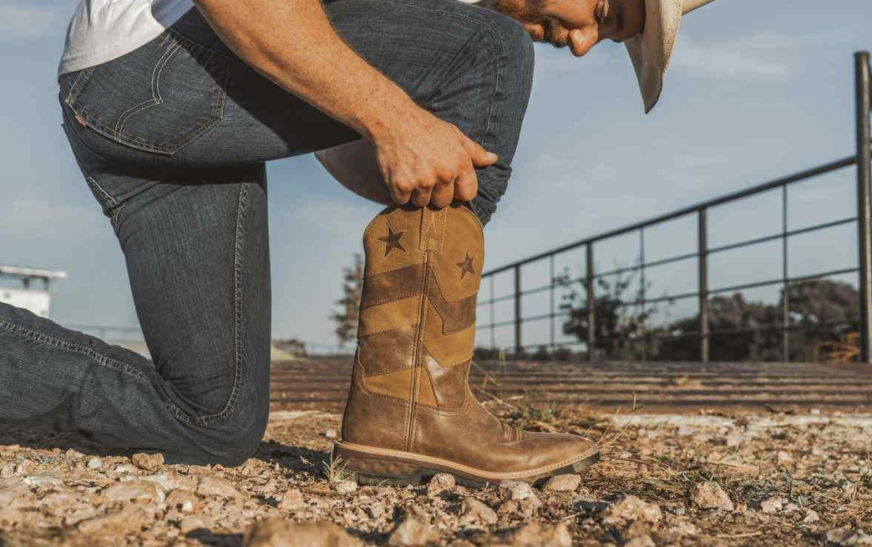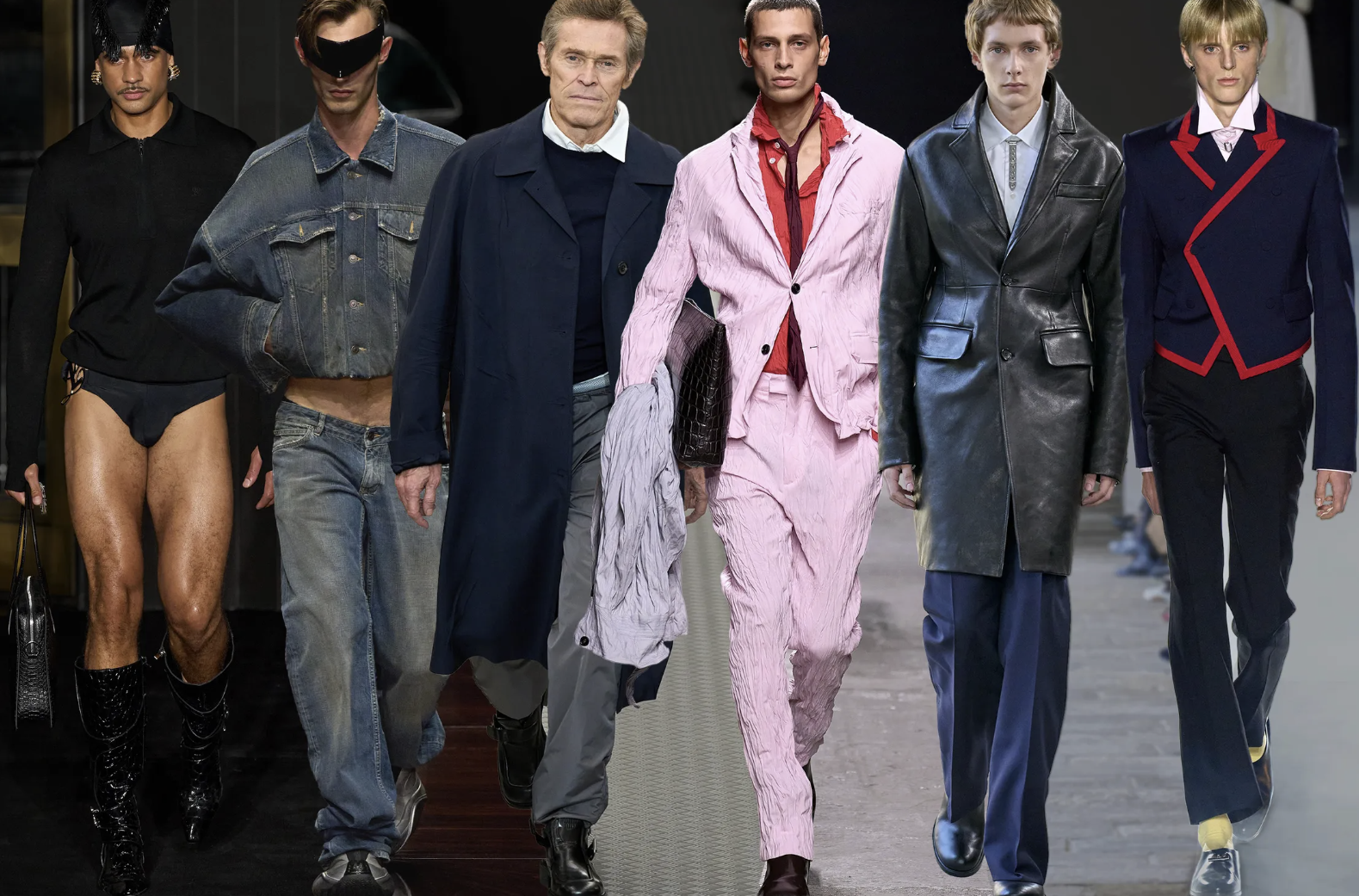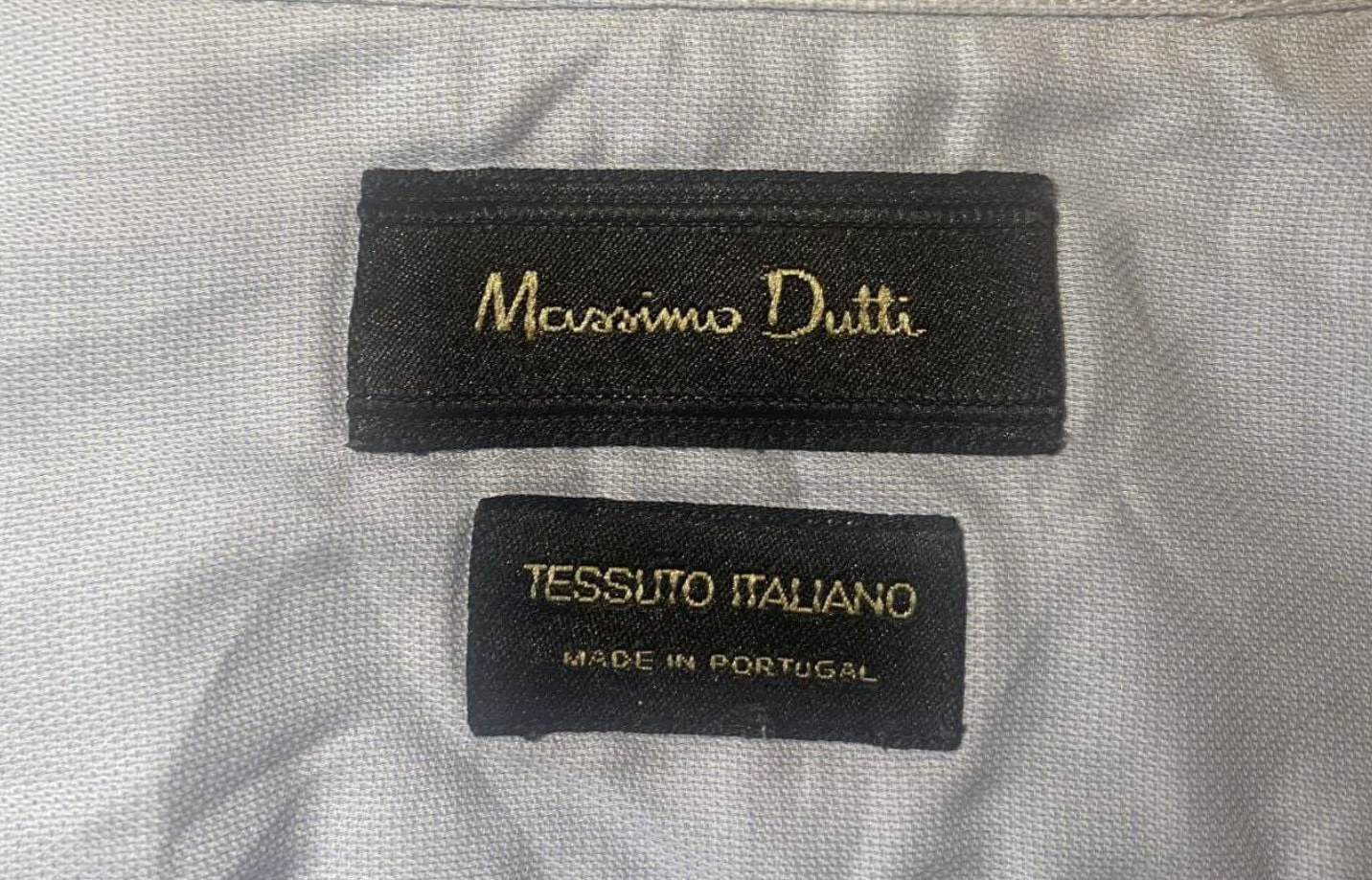The “No Buy” trend has been steadily growing, and 2025 is expected to be its most impactful year. While the concept of reducing consumption is far from new, this year sees an interesting shift: a growing number of men are taking on the challenge. For many, it’s no longer just about cutting back on spending, but about refining personal style. More men are choosing to shop exclusively secondhand for an entire year, proving that real style doesn’t come from purchasing more, but from making thoughtful, intentional choices.
The surge in the no-buy movement is a response to consumer fatigue. The constant cycle of trends, seasonal necessities, and influencer-led shopping frenzies have left many people questioning the need for continuous consumption. The No Buy movement encourages a pause—a chance to step back, evaluate wardrobes, and break free from impulsive shopping habits. For men, this movement provides both a challenge and an opportunity. By committing to secondhand shopping, they shift from mindless consumption to curating a wardrobe intentionally. Rather than buying the latest trendy release, they explore vintage stores, thrift shops, and online resale platforms in search of well-crafted, character-rich pieces that align with their personal style. But why secondhand? The appeal goes beyond saving money—it’s about transforming the way men approach fashion.
Fast fashion has made it easy to accumulate clothes without much thought. On the other hand, secondhand shopping requires a different approach—one that emphasizes patience and quality. It encourages men to:
- Prioritize craftsmanship: Vintage and pre-owned pieces are often made with better materials and construction than those produced by fast-fashion brands.
- Develop a unique style: Secondhand shopping allows men to curate a wardrobe that reflects their individuality, rather than following fleeting trends.
- Make intentional purchases: With limited availability, every piece must be carefully considered before it’s added to the collection.
One of the most valuable aspects of the no-buy movement is the discipline it cultivates. By saying “no” to each passing trend, men begin to better understand their true preferences. They learn to distinguish between impulse buys and pieces that genuinely complement their style.
Resisting the temptation to constantly update their wardrobes leads to a more selective, thoughtful, and ultimately more stylish approach. The secret to great style often lies in restraint—knowing when to pass on a purchase and when to invest in something timeless.
For many men, a year of no-buy isn’t just a challenge—it marks the beginning of a lasting mindset shift. By embracing secondhand shopping and rejecting unnecessary purchases, they not only save money but also cultivate a more refined and authentic sense of style. This journey isn’t about deprivation; it’s about gaining freedom—freedom from trends, from consumerism, and from the pressure to constantly refresh one’s wardrobe. True personal style isn’t built by acquiring more—it’s shaped through deliberate choices, thoughtful curation, and saying “no” far more often than saying “yes.”













